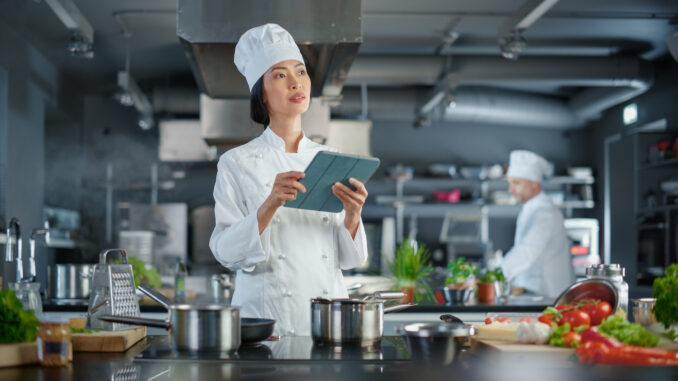Food Safety in the Digital Age: How Technology Can Save Lives
Food safety is a critical concern for restaurants and food establishments worldwide. The consequences of foodborne illnesses can be devastating, causing harm to customers and damaging the reputation of the business. In this article, we’ll explore how technology can help ensure food safety and quality, and why it’s essential for restaurants to adopt digital solutions to stay ahead of the competition.
The Importance of Food Safety
Food safety is a critical aspect of the food industry. According to the World Health Organization (WHO), foodborne illnesses affect one in ten people worldwide, resulting in 420,000 deaths annually. The consequences of food safety breaches can be severe, causing harm to customers, damaging the reputation of the business, and resulting in significant financial losses.
The Role of Technology in Food Safety
Fortunately, technology can play a vital role in ensuring food safety and quality. With the advent of digital solutions, restaurants can streamline their operations, reduce the risk of human error, and ensure compliance with regulatory requirements. From automated temperature monitoring to digital logbooks, technology can help restaurants maintain high standards of food safety and quality.
Automated Audits: A Game-Changer for Food Safety
One of the most significant advantages of technology in food safety is automated audits. By conducting regular, digitized audits of critical control points (CCPs), restaurants can detect potential issues before they become major problems. This proactive approach enables restaurants to identify and address potential risks, ensuring that their food is safe for consumption.
Digital Logbooks: A More Efficient Way to Manage Food Safety
Digital logbooks are another crucial tool in the fight against foodborne illnesses. By transitioning from manual paper-based systems to digital logbooks, restaurants can reduce errors, save time, and improve the accuracy of their records. Digital logbooks also enable real-time monitoring of essential food safety parameters, such as temperature, humidity, and air quality indexes.
The Power of IoT in Food Safety
The Internet of Things (IoT) is revolutionizing the way restaurants manage food safety. IoT sensors can monitor a variety of conditions in real-time, providing actionable insights to improve food process compliance and boost productivity. By harnessing the power of IoT data, restaurants can seamlessly monitor CCP factors, including temperatures in refrigerators, freezers, and food storage areas.
Effective Monitoring of Team and Customer Health & Safety
Food service management software can also help restaurants focus on health and safety. By implementing automated checks, digitized reports, and real-time risk assessments, restaurants can ensure continuous compliance and mitigate the risk of foodborne illnesses.
Conclusion
In conclusion, technology plays a vital role in ensuring food safety and quality in restaurants. By adopting digital solutions, restaurants can streamline their operations, reduce the risk of human error, and ensure compliance with regulatory requirements. As the food industry continues to evolve, it’s essential for restaurants to stay ahead of the curve and adopt technology to ensure the safety and quality of their food.
 Image: Food Safety
Image: Food Safety
 Image: Restaurant Technology
Image: Restaurant Technology


 Photo by
Photo by 










